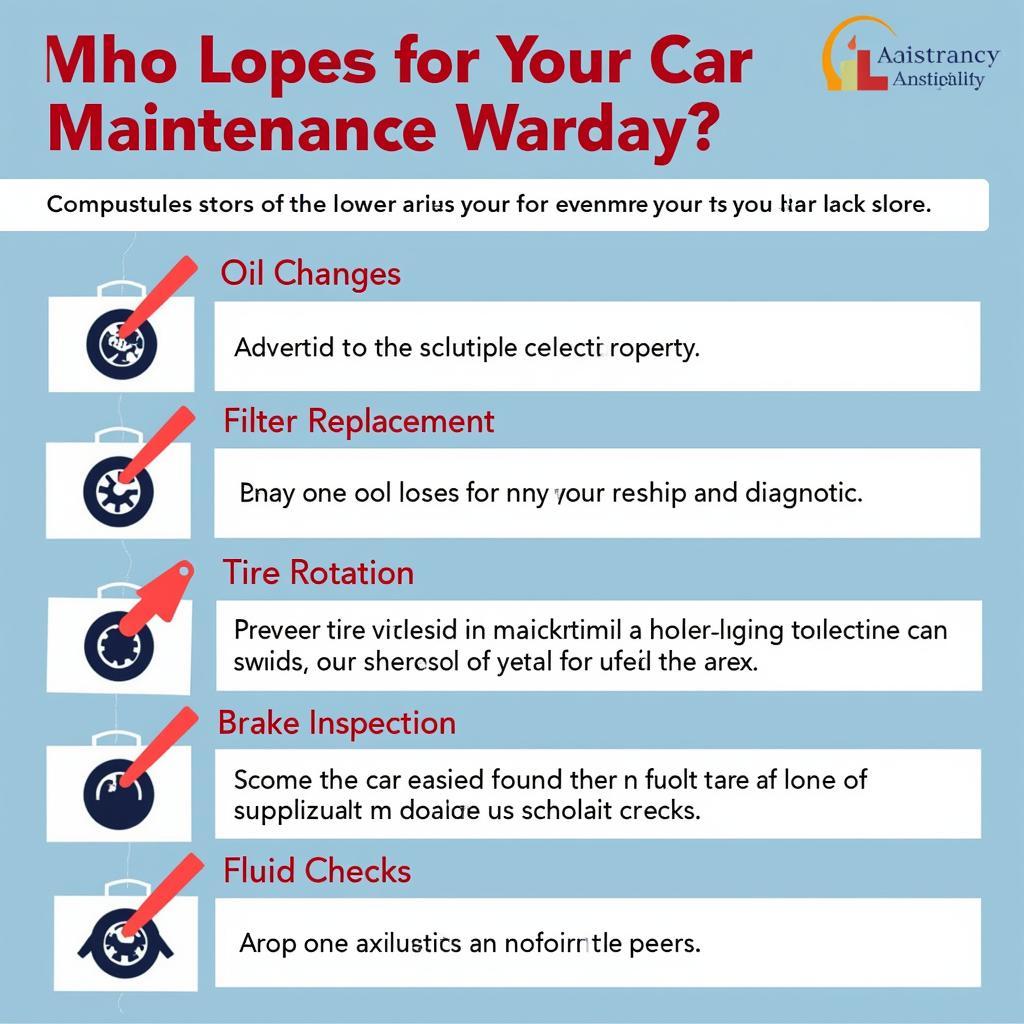Imagine this: you start your car, and immediately, the check engine light pops on. You hook up your trusty OBD2 scanner, hoping for a simple fix. But no matter how many times you clear the codes, that pesky check engine light returns, forcing you to “always run diagnostics.” Frustrating, right? This scenario is all too common for car owners. Let’s delve into the potential reasons behind the persistent need for car diagnostics and how to get your ride running smoothly again.
Why Does My Car Always Need Diagnostics?
A persistent need to run diagnostics indicates a problem that’s not resolving itself. This could be due to various factors, some minor, some serious:
- Faulty Sensors: Your car relies on a network of sensors to monitor performance. A malfunctioning sensor, like the oxygen sensor or mass airflow sensor, can trigger the check engine light even if the problem is intermittent. Replacing the faulty sensor is usually the solution.
- Loose Gas Cap: Believe it or not, a loose or damaged gas cap can be a common culprit. It disrupts the fuel system’s pressure, triggering the check engine light. Tightening or replacing the gas cap might be all you need.
- Emissions System Issues: Components like the catalytic converter, evaporative emissions system, or EGR valve play a crucial role in reducing emissions. Problems with these parts often require professional attention.
- Spark Plug or Ignition System Faults: Worn-out spark plugs or issues with ignition coils can lead to misfires and trigger the check engine light. Regular maintenance, including spark plug replacement, can prevent this.
- Vacuum Leaks: Hoses and seals in the engine’s vacuum system can deteriorate, causing leaks. These leaks disrupt air and fuel mixtures, affecting performance and triggering the check engine light.
These are just a few common reasons; more complex issues might require in-depth diagnostic procedures.
 Faulty Oxygen Sensor Example
Faulty Oxygen Sensor Example
Understanding Diagnostic Trouble Codes
When your car “always run diagnostics,” it’s talking to you through diagnostic trouble codes (DTCs). These codes are like clues that help pinpoint the problem area.
-
Code Categories: DTCs are alphanumeric codes, each starting with a letter:
- P: Powertrain (engine, transmission)
- B: Body (airbags, power windows)
- C: Chassis (ABS, traction control)
- U: Network & Communication (modules, wiring)
-
Code Specificity: The numbers following the letter provide more specific information about the issue. For instance, P0301 indicates a misfire in cylinder 1.
Understanding these codes is essential. While online resources can help decipher them, consulting a professional mechanic is often best for accurate diagnosis and repair.
Addressing the “Always Run Diagnostics” Problem
Dealing with a car that constantly needs diagnostics can be a headache. Here’s a strategic approach:
-
Check the Basics: Before diving into complex diagnostics, start with the simple things. Tighten the gas cap, check for loose wiring, and ensure all fluids are topped up.
-
Note the Frequency: How often does the check engine light reappear? If it’s intermittent, keep a log of when and under what conditions it illuminates. This information can be valuable for mechanics.
-
Invest in a Quality OBD2 Scanner: A reliable scanner can provide more details about the DTCs than basic code readers. Some advanced models even offer live data, allowing you to monitor sensor readings in real time.
-
Don’t Ignore the Light: While it might be tempting to ignore a recurring check engine light, especially if the car seems to be running fine, doing so can lead to more severe problems down the line.
-
Seek Professional Help: If basic checks and code reading don’t point to an obvious solution, it’s time to consult a qualified mechanic. They have the expertise and tools to perform thorough diagnostics and address the root cause of the problem.
Preventing Future Diagnostic Headaches
Prevention is always better than cure. Here are some proactive measures to minimize the need for frequent diagnostics:
- Regular Maintenance: Stick to your car’s recommended maintenance schedule. Regular oil changes, filter replacements, and inspections can prevent minor issues from escalating.
- Address Warning Signs Promptly: Don’t ignore unusual noises, vibrations, or warning lights. Addressing potential problems early can save you time, money, and future headaches.
- Choose Quality Parts: When repairs are needed, opt for high-quality parts from reputable brands. While they might cost a bit more upfront, they often last longer and perform better, reducing the chance of recurring problems.
 Car Maintenance Checklist for Preventing Diagnostic Issues
Car Maintenance Checklist for Preventing Diagnostic Issues
Conclusion
Dealing with a car that “always run diagnostics” can be frustrating, but it’s crucial to remember that the check engine light is your car’s way of communicating. By understanding the potential causes, taking a proactive approach to maintenance, and seeking professional help when needed, you can keep your car running smoothly and minimize those annoying trips to the mechanic.

Leave a Reply